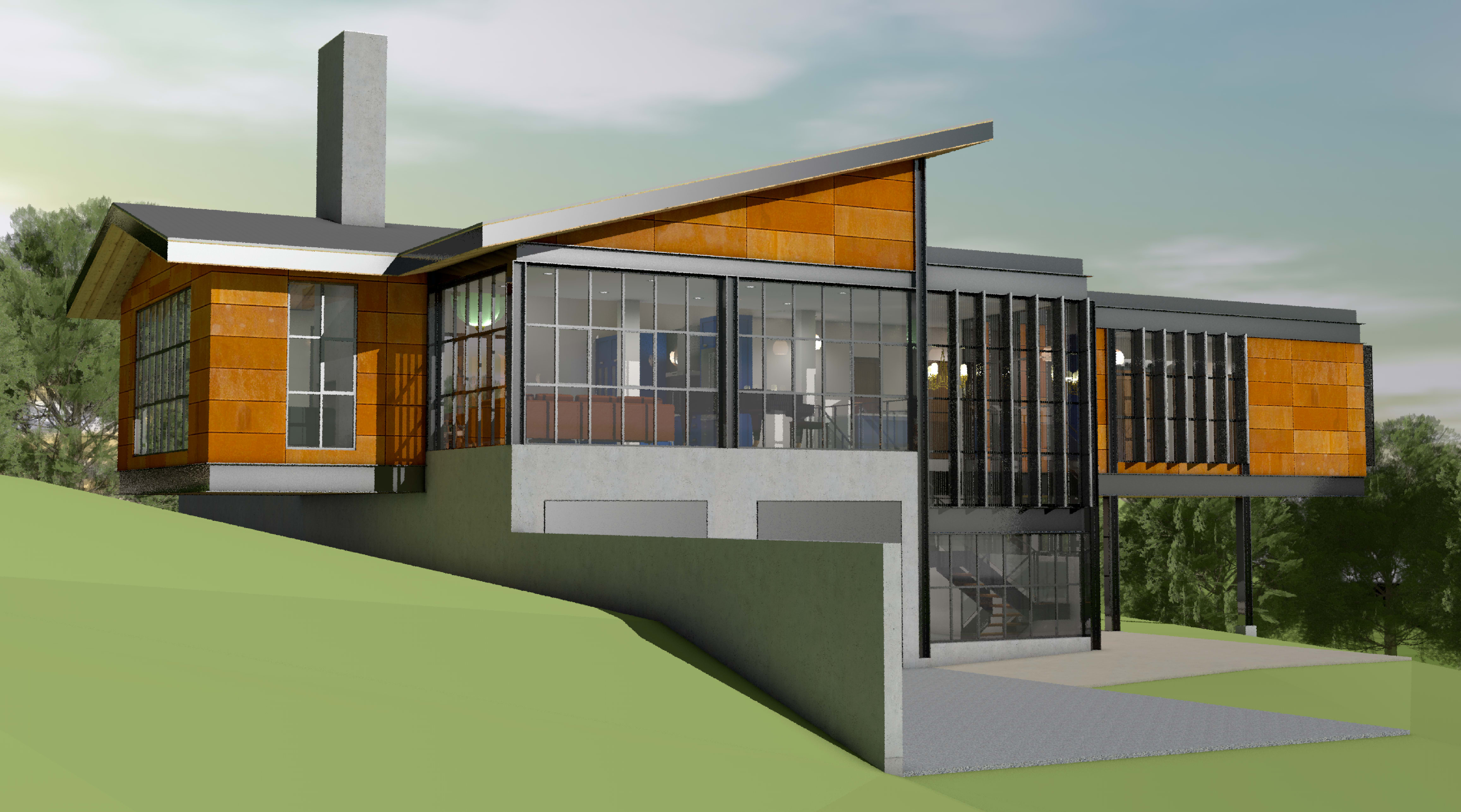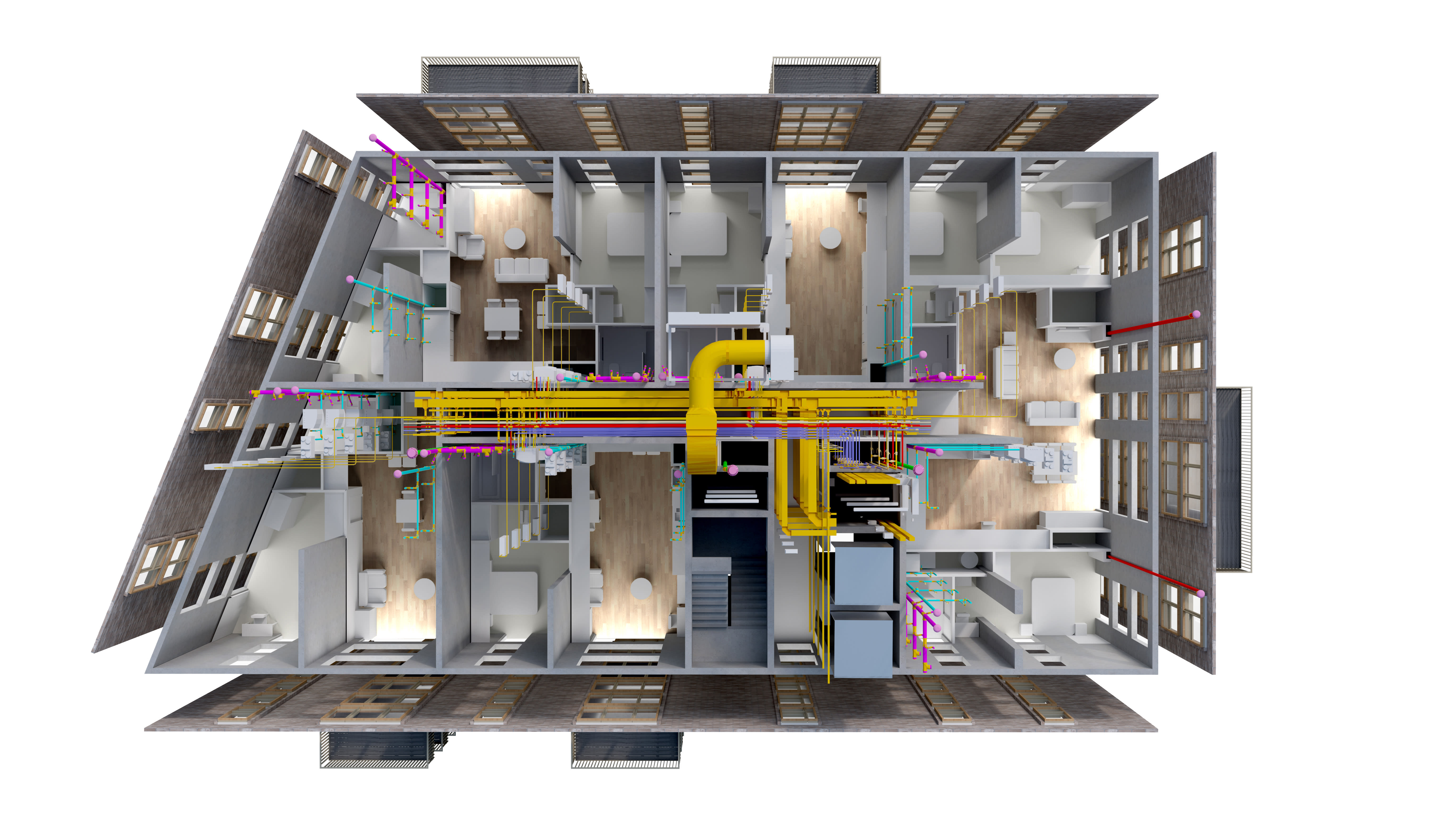Are you ready to dive into the world of Building Information Modeling (BIM)? Starting your first BIM project can be an exciting but daunting task. With the right guidance and knowledge, you can navigate through the complexities and ensure a successful outcome.
In this chapter of the Beginner’s Guide to BIM, you’ll see the essential steps to kickstart your first BIM project. From understanding the fundamentals to implementing best practices, you'll gain the confidence to embark on the rewarding journey of implementing BIM.
Table of Contents
- Step 1: Don’t Be Afraid of BIM
- Step 2: Clearly Define Your Goals
- Step 3: Learn from Successful BIM Projects
- Step 4: Start Small
- Step 5: Track Your Progress
Step 1: Don’t Be Afraid to Start BIM
Despite its numerous benefits, many individuals still harbor apprehensions about incorporating BIM workflows into their projects.
One common concern about BIM is the learning curve, but user-friendly software and extensive training resources make it easy to navigate. The long-term benefits outweigh the initial learning curve, making it a worthwhile investment.
Interoperability and collaboration workflows are also a common worry, but BIM is designed to seamlessly integrate with a wide range of applications, enhancing productivity without disrupting current practices.
Additionally, while implementing BIM may require an initial investment, the long-term savings and benefits are undeniable. BIM workflows streamline projects, reducing errors and enhancing communication, resulting in significant cost savings.
Step 2: Clearly Define Your Goals
This is the “why” of your implementation. What do you want your work to look like in six months? One year? Five years?
For many, the answer comes from the list of incentives for diving into BIM in the first place: they want an improved ability to manage complexity, improved design quality, reduced errors and rework, etc.
They're noble goals — but be more specific!
You could aim to shorten project timelines by some percentage. Some firms may find that their change management process is quite tedious, so a BIM goal might be to shorten the revision process from three weeks to one. This gives you a measurable way to track your progress towards the overall vision.
Having a strategic BIM adoption plan is crucial for evaluating where your firm currently stands with BIM and where to go next. It’s a fantastic way to formalize your goals with BIM. It’ll pose questions like:
- How will a transition affect the bottom line?
- Can current equipment support this new process?
- Do we have the knowledge and skill level required for BIM?
- Do we have the motivation to venture into this unfamiliar process?
- How might our existing standards/libraries translate?
- Do we have clear expectations and goals to make this a successful change?
These questions — specifically, their answers — form the basis of your BIM adoption plan and allow you to clearly define your goals.
Step 3: Learn from Successful BIM Projects
Many practitioners in the AEC industry find that one of the best ways to speed up the BIM learning curve is to learn from another firm’s experience. Seeing how to manage information and the exchanging of that information can go a long way in boosting your confidence.
You can also review what the file structure for successful BIM projects could look like. Vectorworks University contains several BIM sample files that you can download for free. It can be extremely helpful to see what a file organized for the purposes of BIM looks like.

A sample custom residential project available for download on Vectorworks University.
Step 4: Start Small
A key strategy to implementing BIM is first trying it on a small project in its early stages. Practice internally without seeking BIM requirements from collaborators. Creating your own requirements in the trial project will help prepare you for BIM requirements from others.
As you grow more comfortable with BIM workflows, you can start to expand into later project phases where you really reap the rewards of BIM.
Step 5: Track Your Progress
Remember that implementing BIM is a journey, so it’s best to track your progress to make informed decisions as you adapt your process. Undoubtedly, there will be things you want to adjust for each consecutive BIM project. You can vastly accelerate your learning by recognizing this and reporting on what went well and what didn’t.
Consider relying on the goals you set for yourself — as discussed in step 2 of this post — and using them as the basis for tracking your progress. Creating a simple chart after each BIM project can go a long way in learning from successes and failures.
If you’re looking for a helpful resource to aid your BIM implementation journey, check out our guide, The Strategic Guide to BIM Implementation.
Stay in the know with the latest insights
Subscribers receive news, customer stories, success and learning tips, event information, and other important announcements from Vectorworks.
By submitting this form, you agree that Vectorworks, Inc. and its authorized partners may contact you in regards to news, offers, and the use of our software, services, and platforms. Learn more about our privacy practices and your data on our privacy page.*
